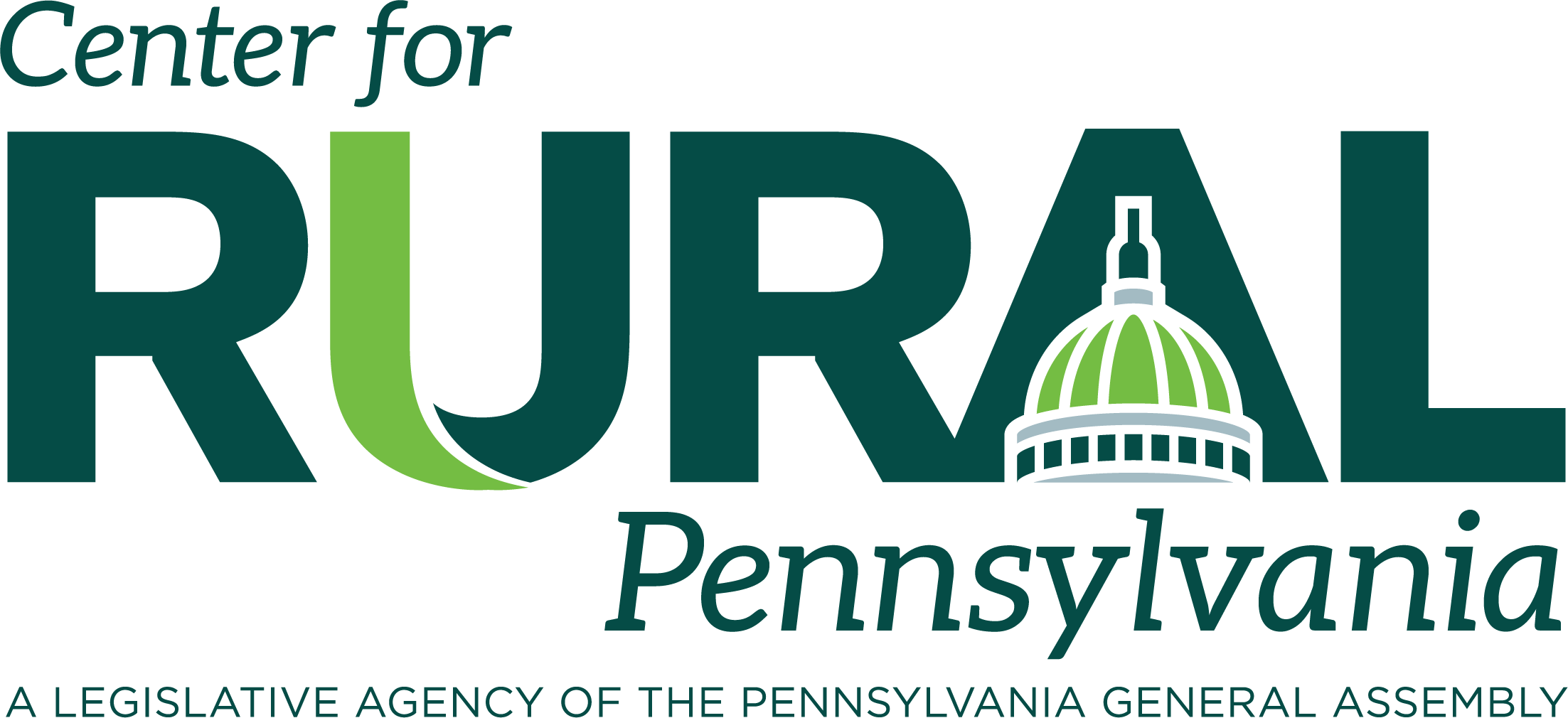Research Documents Rural Pennsylvanians' Willingness to
Pay for High-Speed Broadband Internet Service
New research finds that rural Pennsylvanians have a higher willingness to pay for broadband than urban residents, when holding speed and price stable. The research also finds that rural Pennsylvanians tend to pay higher prices than their urban counterparts for the same - or slower - broadband speeds.
HARRISBURG - Rural Pennsylvanians' willingness to pay for broadband internet service is higher than urban residents, and urban and rural Pennsylvania residents are receiving inequitable broadband service - not only in terms of broadband speed, but also in the prices they pay for service, according to a new study published by the Center for Rural Pennsylvania.
The study, conducted by Sascha Meinrath, Palmer Chair of Telecommunications at Penn State University and Steven Mansour of X-Lab, looked at willingness to pay and existing price differences within broadband speed tiers to provide a unique first look into factors that continue to create substantial barriers to closing the digital divide in Pennsylvania.
"This research, along with the Center's 2019 research on broadband availability and access, helps answer some important questions and claims about the digital divide in rural Pennsylvania," said Senator Gene Yaw, chairman of the Center for Rural Pennsylvania. "We know that broadband is not available to many more Pennsylvanians than was previously claimed, and now there is evidence that rural Pennsylvanians are willing to pay for broadband connections, and, in some cases, are paying more than others for the same or slower broadband speeds."
The research, conducted in 2020, included a survey of 1,446 rural and urban residents spanning 670 ZIP Codes from across the commonwealth. The researchers asked respondents about the types of technology available to them, the monthly costs of their internet service, their home internet speeds, and how much they would be willing to pay for 25 Megabits per second (Mbps) download speeds.
The survey results showed that a majority of urban respondents (54 percent) have a cable internet connection versus about a third (34 percent) of rural respondents. More urban respondents (17.1 percent) have fiber connections than rural respondents (2.6 percent). For rural residents, dial-up (18.8 percent), DSL (18.6 percent), and satellite internet (6.3 percent) are more common technology services than for urban residents (6.1 percent, 6.7 percent, and 1.9 percent, respectively).
The results also show that broadband demand is significantly higher for rural residents than urban residents at every monthly price point under $60/month. Demand drops off significantly for both rural and urban respondents, and then "flatlines" at rates greater than $80/month.
"Over the past several years, the Pennsylvania General Assembly has been working to ensure that all residents have access to affordable broadband services," Sen. Yaw said. "This research provides sound policy considerations on advancing that work even further."
The policy considerations offered through the research are to: change Pennsylvania’s current definition of "broadband," which is defined as 1.544 Mbps download and 128 kilobits per second upload speed, to meet or exceed federal definitions for broadband; identify measures that would increase demand through the creation of incentives, grant programs, and baseline service mandates that create optimal pricing structures, ideally with broadband service offerings under $60/month; and maximize the options for service provision by allowing other viable entities, such as community-based networks, municipalities, and cooperatives, to deploy broadband across rural Pennsylvania.
The Center for Rural Pennsylvania is a bipartisan, bicameral legislative agency that serves as a resource for rural policy within the Pennsylvania General Assembly. The Center works with the legislature, educators, state and federal executive branch agencies, and national, statewide, regional and local organizations to maximize resources and strategies that can better serve Pennsylvania's nearly 3.4 million rural residents.
Contact
Christine Caldara Piatos, Communications Manager
Center for Rural Pennsylvania
717.787.9555
dcaldarac@rural.pa.gov
